Mitochondria Buru mapak - Galeria publikoa
Arakatu mundu osoko Mindomoko erabiltzaileek sortutako mitochondria buru-mapen bilduma publiko zabala. Hemen, mitochondria rekin lotutako diagrama publiko guztiak aurki ditzakezu. Adibide hauek ikus ditzakezu inspirazio pixka bat lortzeko. Diagrama batzuek kopiatzeko eta editatzeko eskubidea ere ematen dizute. Malgutasun horri esker, buru-mapa hauek txantiloi gisa erabil ditzakezu, denbora aurrezteko eta zure lanerako abiapuntu sendo bat emanez. Galeria honetan zure eskemekin lagundu dezakezu publiko egiten dituzunean, eta beste erabiltzaile batzuen inspirazio iturri izan zaitezke eta hemen agertu zaitezke.
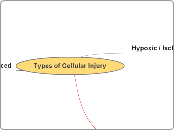

Types of Cellular Injury
Chan Samuel‑k egina


Cell Communication
Susann Escobar‑k egina
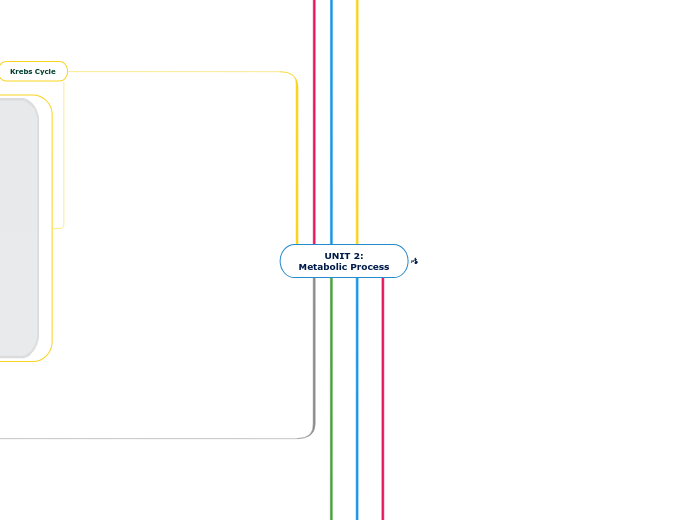

UNIT 2: Metabolic Process
Natalie Mammone‑k egina
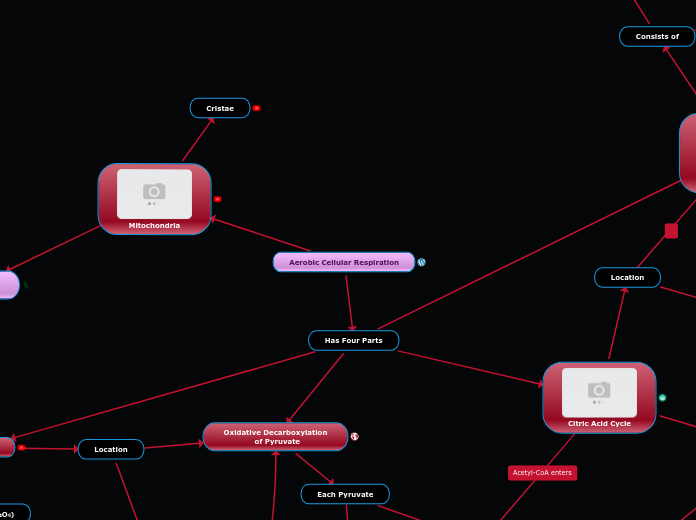

Cellular Respiration Concept Map
cart5670 cart5670‑k egina
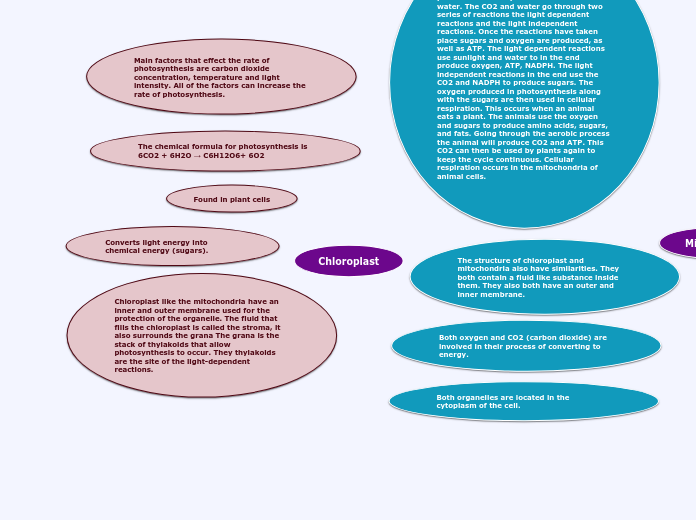

Chloroplast
Emma Spence‑k egina


Bio 311C Concept Map
Jeremy Wright‑k egina
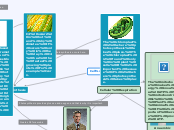

Cell process
Claudia Briggs‑k egina
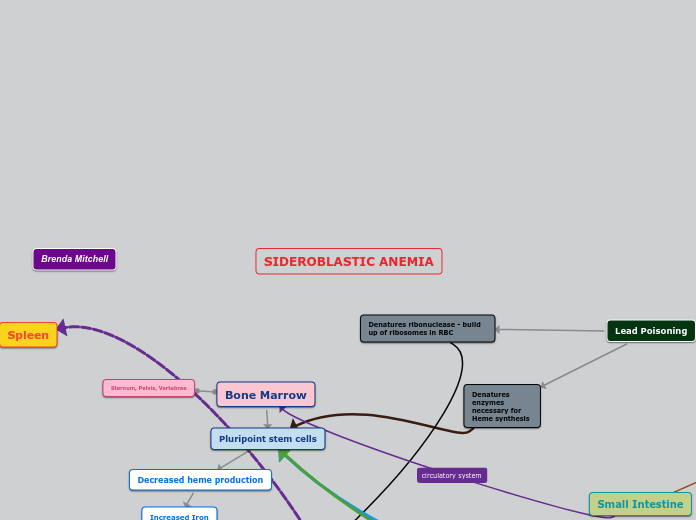

SIDEROBLASTIC ANEMIA
Brenda Mitchell‑k egina
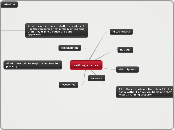

cell organelles
arianna luhman‑k egina


Cellular Respiration Mind Map
Camryn MacIntyre‑k egina
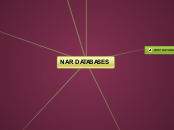

Sample Mind Map
Wan Muliati Bt Wan Zainal Abidin‑k egina
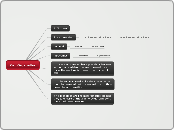

New Map
Tessa Kindschy‑k egina
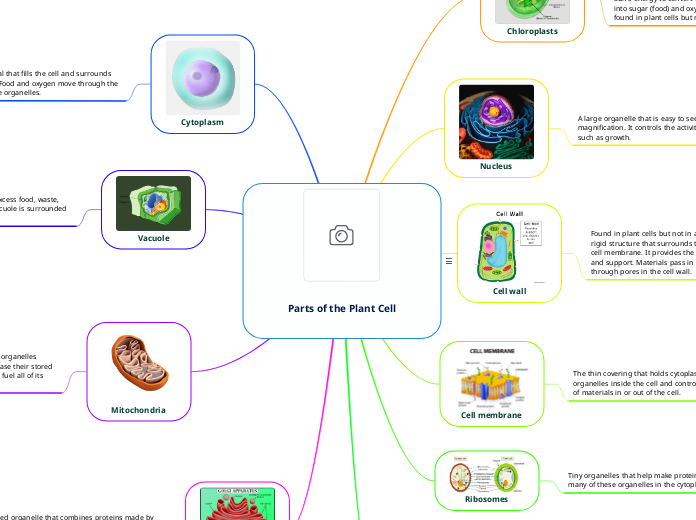

Parts of the Plant Cell
Alex Sian‑k egina
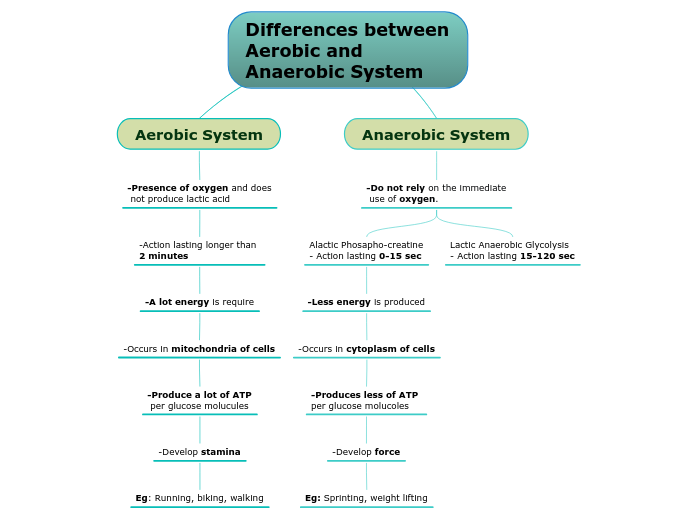

Differences between Aerobic and Anaerobic System
nurul maizurah‑k egina
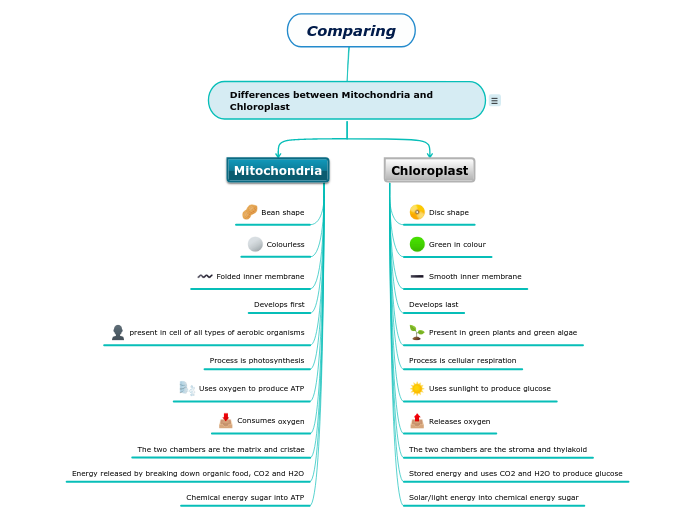

Comparing
Nikina Bear-Lowen‑k egina
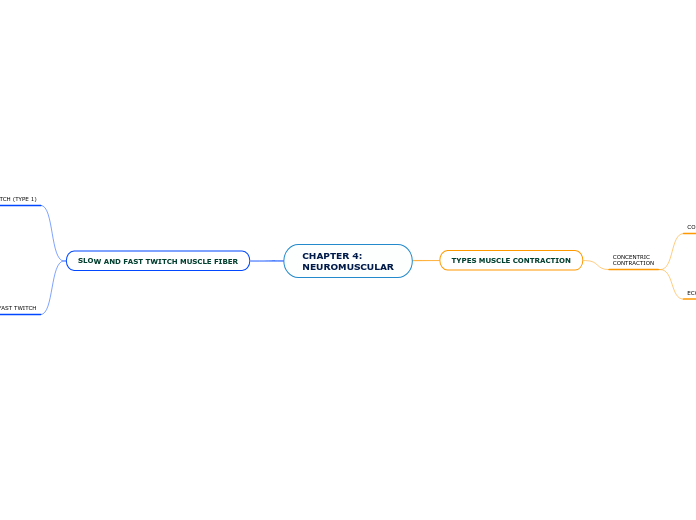

CHAPTER 4: NEUROMUSCULAR
Arif Fakhry bin Zamron‑k egina


Organelles job
Emma Sawallisch‑k egina
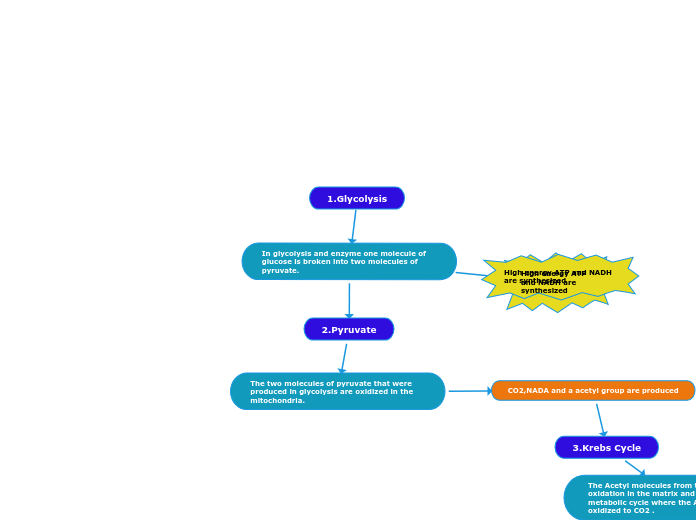

In glycolysis and enzyme one molecule of glucose is broken into two molecules of pyruvate.
Moses Aidoo‑k egina
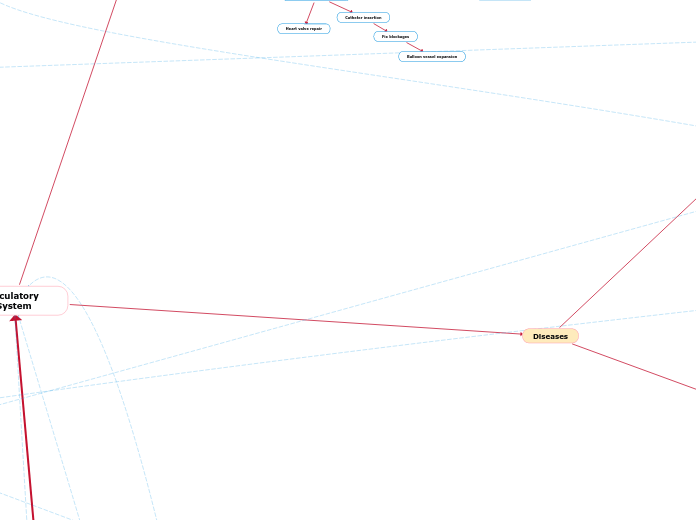

Inner Workings of the Human Body Systems When Exercising
Majd Al-Aarg‑k egina
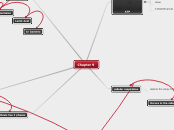

Chapter 9
Logan Gray‑k egina
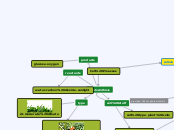

Cell Proesses
Lydia Potvin‑k egina


bio outside reading map
Dalton Greenough‑k egina
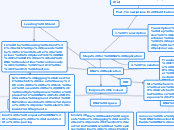

Bio
Sathvik Srikalyani‑k egina


patito
Nataly Morocho‑k egina
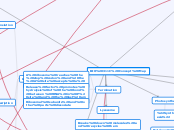

BIO 311C Concept Map
Long H Nguyen‑k egina
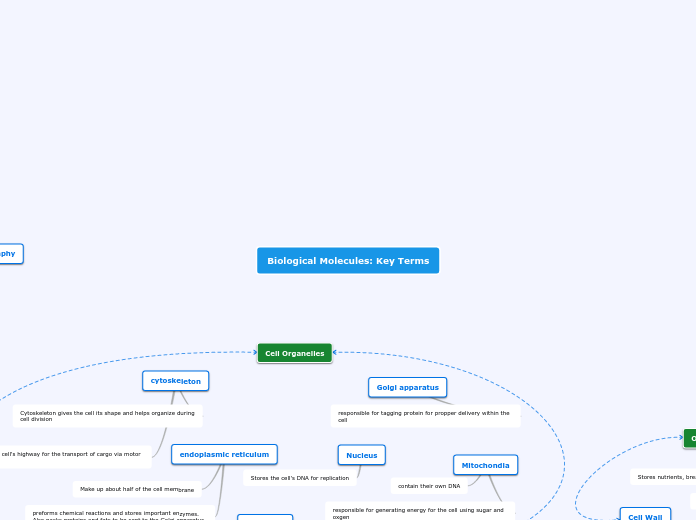

Biological Molecules: Key Terms
Drew Karaim‑k egina
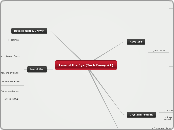

Tech Essay #1
Jane Matsell‑k egina
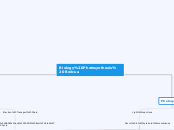

Biology Photosynthesis Boricua
Diego Pimentel‑k egina


cellular resperation
Macy Clements‑k egina
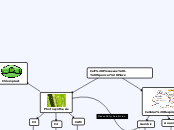

Cell Processes - Spencer Place
Spencer Place‑k egina
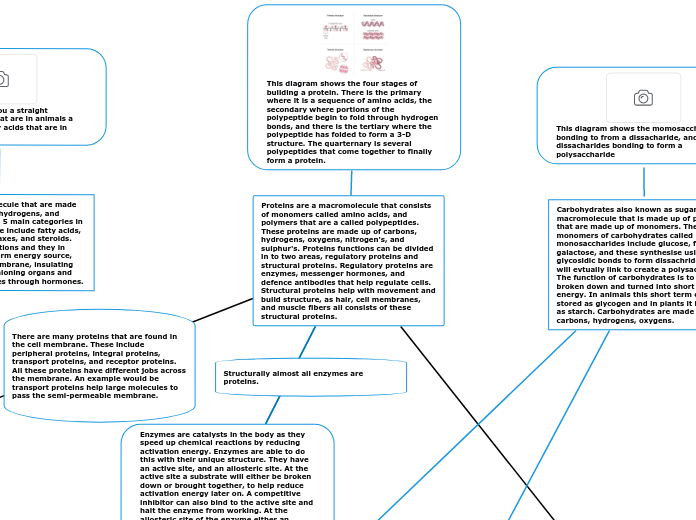

Proteins are a macromolecule that consists of monomers called amino acids, and polymers that are a called polypeptides. These proteins are made up of carbons, hydrogens, oxygens, nitrogen's, and sulphur's. Proteins functions can be divided in to two areas, regulatory proteins and structural proteins. Regulatory proteins are enzymes, messenger hormones, and defence antibodies that help regulate cells. Structural proteins help with movement and build structure, as hair, cell membranes, and muscle fibers all consists of these structural proteins.
Brian Park‑k egina


Comparing
Nikina Bear-Lowen‑k egina
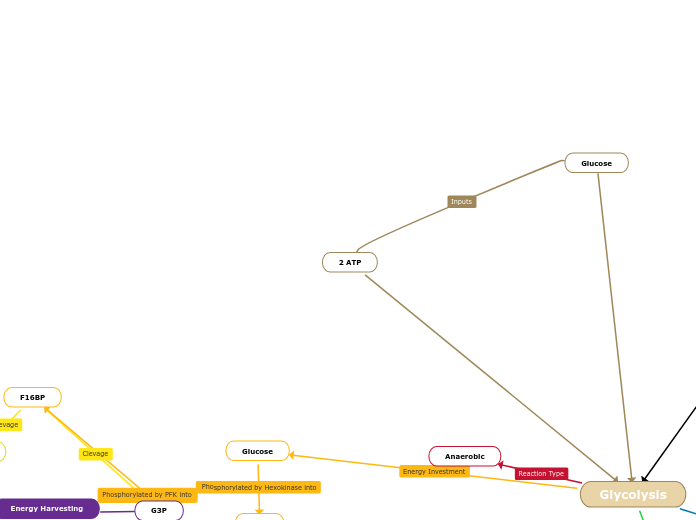

Cellular Respiration Mind Map
Brady Rangel‑k egina


Similarities
Alexandra Smith‑k egina


Chloroplast
Chinwendu Ikenyei‑k egina
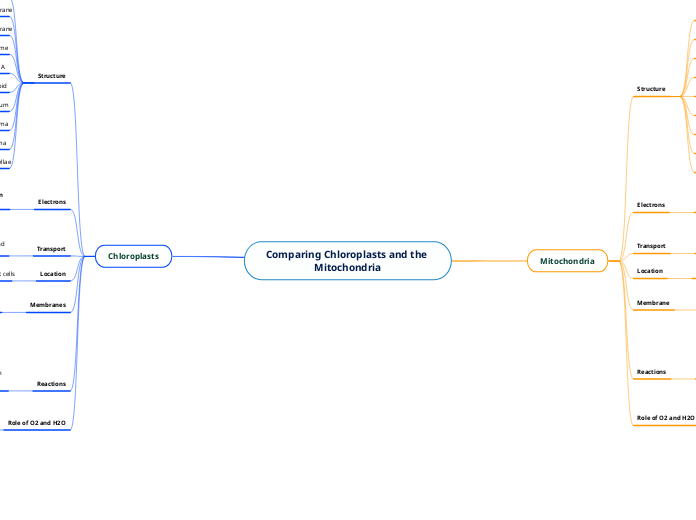

Comparing Chloroplasts and the Mitochondria
Hailey Satar - Aylesbury PS (1425)‑k egina
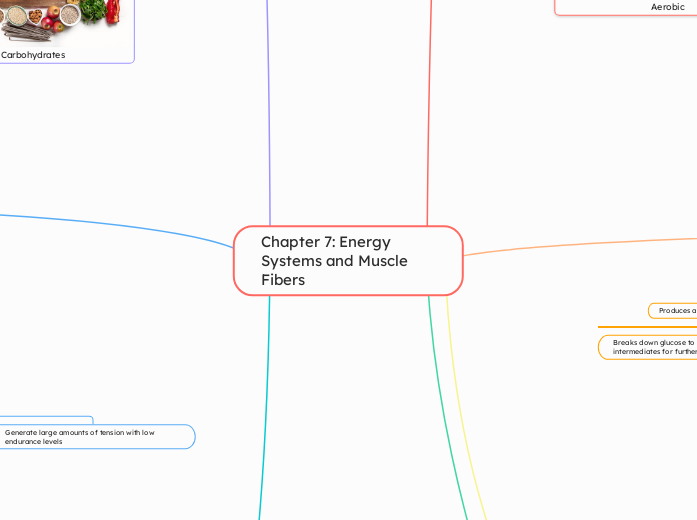

Chapter 7: Energy Systems and Muscle Fibers
Liam Duclos‑k egina



